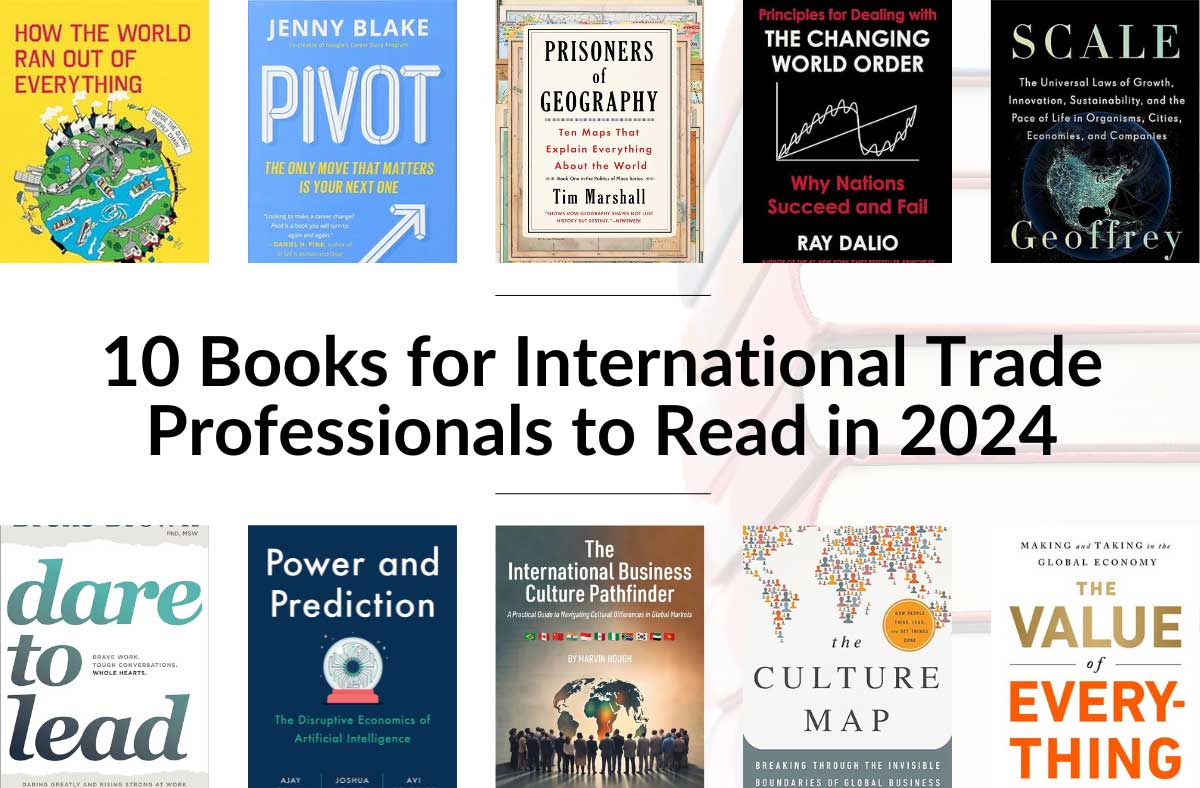 Given the complexities involved in expanding and doing business in foreign markets, it is very important for companies to conduct sufficient market research as part of the overall due diligence process.
Given the complexities involved in expanding and doing business in foreign markets, it is very important for companies to conduct sufficient market research as part of the overall due diligence process.
Market research enables for better decision making, the identification of potential issues and threats, and the minimization of risks involved in the internationalization process.
When conducting market research, a technique you can use to identify investment and trade opportunities is to examine pain points in the Asian market. Pain points are problems or unmet needs in the market place that a company (hopefully yours) can solve.
Identify the pain points in your target Asian market
Let’s use the Chinese market as an example and a pain point that I have had the opportunity to work on since 2008. Food safety is a growing concern among Chinese consumers.
A New York Times article in 2012 discussed the problems plaguing the Chinese food sector, including milk products tainted with melamine—an industrial chemical used to make fertilizer and plastic pipes.
The lack of trust among Chinese consumers for locally made food products, coupled with a growing middle class with more disposable income, has resulted in a strong demand for highly priced Western-made foods. In turn, Western food companies are pushing to get their products into the Chinese market, which has 1.3 billion consumers.
Just to put things into context, a 900 gram tin can of foreign-made milk powder that has a retail price of $16 USD to $20 USD in North America would sell for $60 USD in China.
Examine all angles of a pain point to find opportunities for trade and investment
On the other end of the spectrum, Chinese companies are looking for ways to take advantage of Western-made labels, such as “Made in Canada” or “Made in USA”. Chinese companies are investing in overseas markets by setting up or acquiring food processing plants, producing food-products in Western countries which have very stringent food safety standards, and then shipping the finished products back to the Chinese market.
As a major food producer in the world with strict safety standards, Canadian food companies can stand to benefit from the pain points in the Chinese food sector by exporting “Made in Canada” food products and by being a recipient of Chinese investments into the Canadian food sector.
Finally, Canadian food producers should not limit their scope to China. The Food and Agriculture Organization (FAO) for the United Nations warns that some developing countries in Asia and the Pacific will need to increase their food production by up to 77 percent to feed their population by 2050.
With rapid urbanization resulting in the destruction of farmlands, limited investments in agriculture infrastructure and capabilities (which I have seen firsthand), water shortages and climate change, the region will experience food security issues in the near future.
Some governments in the region recognize the issue and are finding ways to tackle the problem. Solutions include urban farming, increasing agriculture yields by introducing efficient processes, and encouraging youths to go into farming.
However, their efforts will not be sufficient. As a net producer, the Canadian agri-food sector is in a strong position to alleviate this regional pain point.
Use your company’s strengths to start fulfilling unmet needs
Tracking market pain points in Asia have allowed me to find trade and investment opportunities on behalf of my clients. I hope this technique will add value to your internationalization process and enable you to find your own opportunities in the Asian region.
I encourage you to examine your organizational capabilities, your products lines and your service offerings.
The results of the exercise and the opportunities you may uncover might surprise you.
Has your business been able to identify such potential opportunities? What pain points have you noticed in the Asian market that could present trade and investment opportunities for companies around the world?








disqus comments